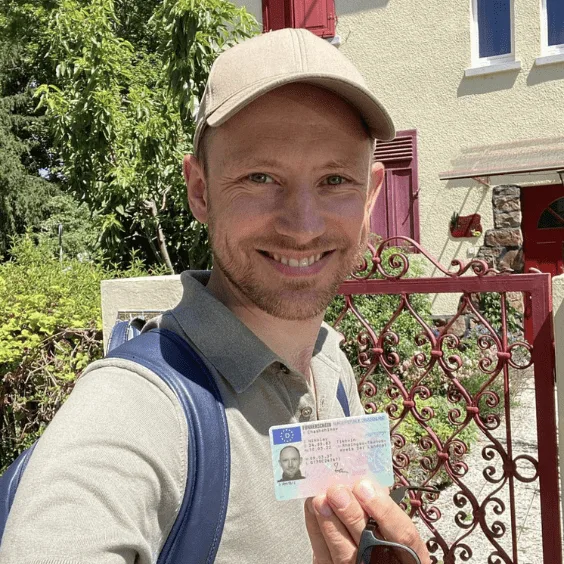The concept of a driver's license, or Führerschein, in Germany extends far beyond mere permission to operate a vehicle. It symbolizes a commitment to road safety, responsible driving practices, and a comprehensive understanding of traffic laws. This article delves into the intricacies of obtaining a Führerschein in Germany, the various classes of licenses, the requirements to achieve certification, and common questions surrounding the process.
In Germany, the Führerschein serves as an official document that certifies an individual’s ability to drive. The system is meticulously structured, governed by the latest road safety regulations, and designed to ensure maximum competence among drivers. Each class of license corresponds to specific types of vehicles, ranging from motorcycles to heavy trucks, encompassing a diverse range of driving experiences and responsibilities.

The Führerschein is categorized into several classes, including:
Understanding these categories is crucial for anyone looking to obtain a driver's license in Germany, as each has its own set of requirements and training.
Acquiring a Führerschein in Germany involves several mandatory steps:
Before anyone can get behind the wheel, they must first enroll in a driving school to complete theoretical training. This typically includes:
After completing this training, candidates must pass a written exam that tests their knowledge of the material.
Only after passing the theoretical examination can candidates embark on practical training:
Once the practical training is complete, candidates must pass a practical driving test:
Applicants must also prepare a series of documents for submission:
Upon successfully completing all required examinations, candidates can apply for their Führerschein. Additionally, they may be issued a temporary license while the official document is processed.
Despite the structured nature of the Führerschein process, numerous common pitfalls often trip potential drivers:
The minimum age varies by license class:
Yes, an international driver's license is valid in Germany for up to six months. After that, foreigners usually need to convert it into a German Führerschein.
This can vary based on individual preparedness but typically ranges from 3 to 6 months, including theory and practical training, test scheduling, and documentation processing.
Yes, applicants must present a medical certificate confirming their fitness to drive. Specific vision tests are also conducted to ensure applicants meet the visual standards necessary for driving.
Many driving schools in larger cities offer courses and instructions in English, but availability may vary. It’s best to consult the school before enrolling.
Costs can vary widely depending on the driving school and the number of lessons. On average, the total expense, including coursework, exams, and fees, can range from €1,500 to €3,000.
The process of obtaining a Führerschein in Germany is designed to promote safe, responsible driving among the population. By operating under a well-defined system of licensing categories, training, and testing, Germany consistently aims to improve road safety and reduce traffic-related incidents. For prospective drivers, understanding the nuances of this process can lead to a smoother experience on their way to earning this essential credential.